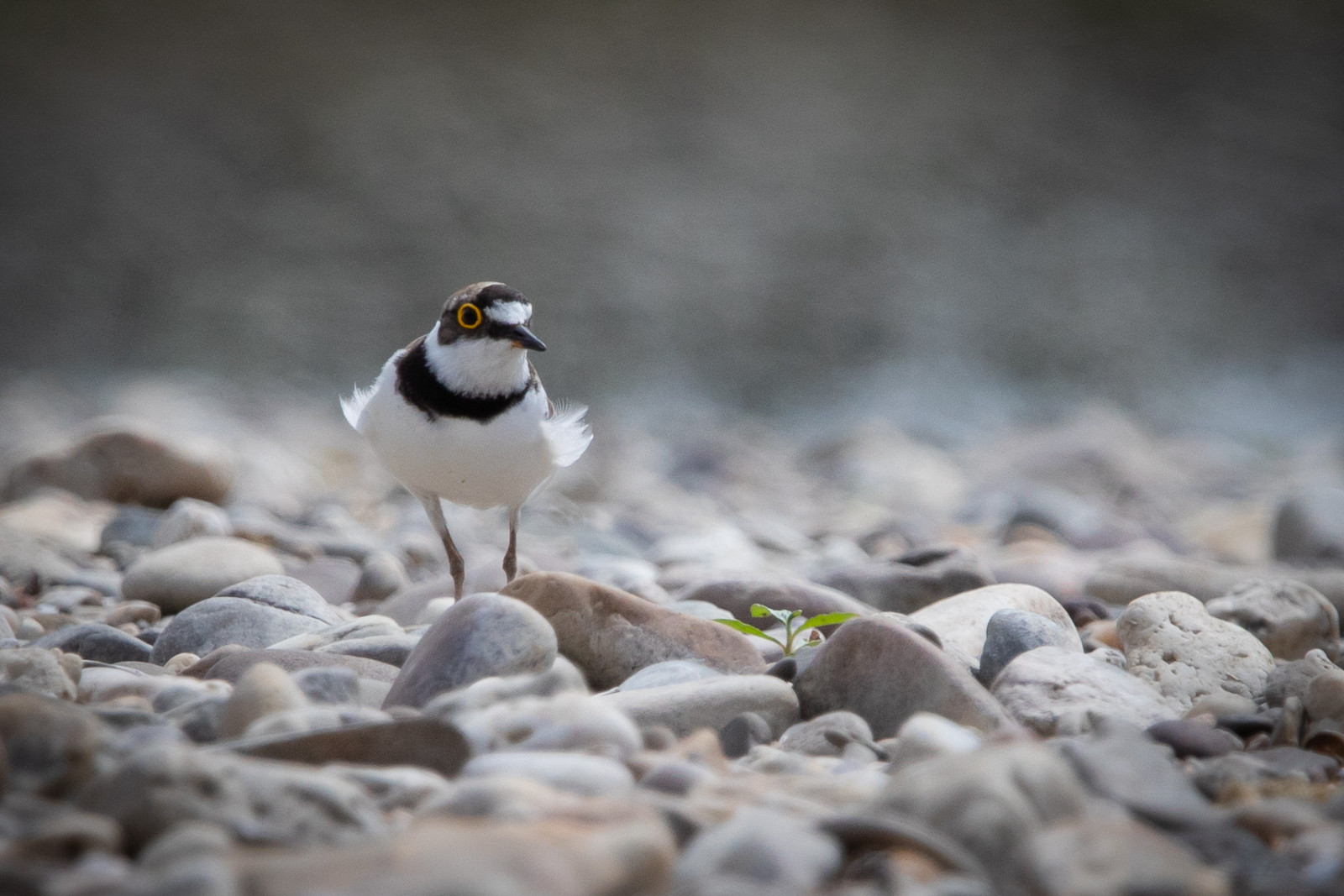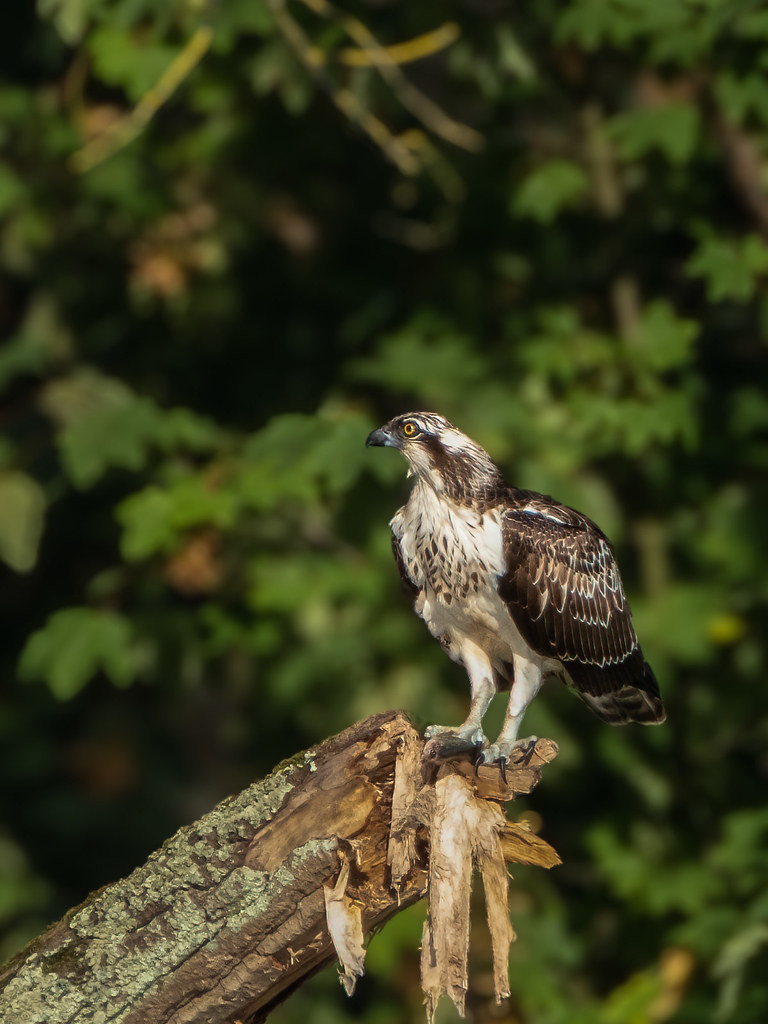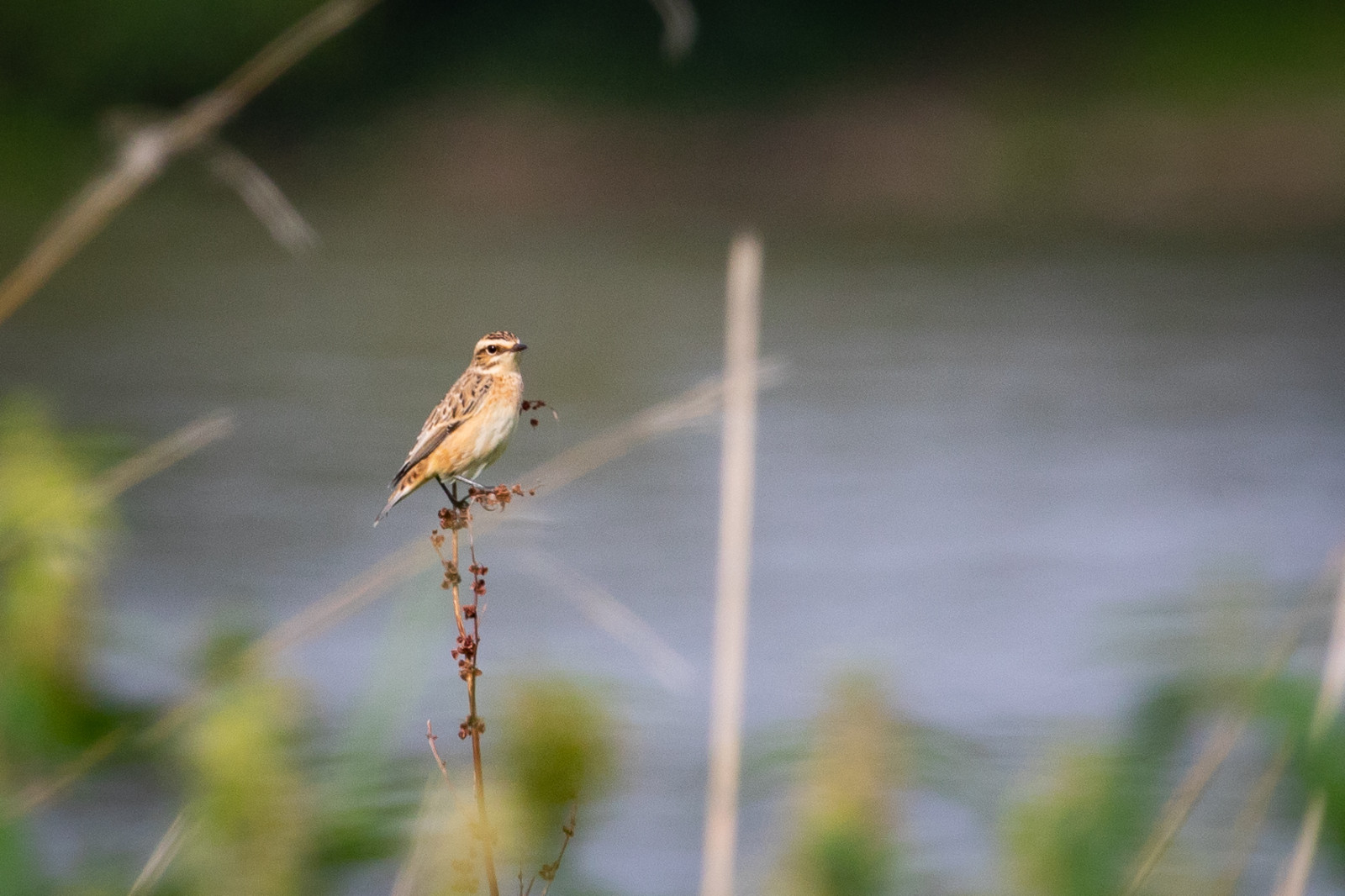Opis
The Urdenbacher Kämpe is a typical piece of old Lower Rhine cultural landscape with pollard willows, fruit trees and wet meadows. In Spring the flowering fruit trees are particularly worth seeing. The landscape is structured by rows of trees and hedges. As an intact meadow landscape, the areas of the Urdenbacher Kämpe that are not diked are regularly flooded by the Rhine. The meandering arc-shaped course of the Urdenbacher Altrhein corresponds roughly to the course that the Rhine had until the middle of the 14th century. Numerous wetlands and fens have formed in the area of the Old Rhine. In the event of flooding, the area is also filled with rising groundwater.
The fruit trees are the habitat of birds such as dzięcioł zielony and pleszka. In the wetlands, ponds, hedges, forest areas and meadows many other birds can be seen or heard: zimorodek, kazarka rdzawa, derkacz (very rare), łozówka, Płaskonos , sieweczka rzeczna, słowik rdzawy, nurogęś, cyraneczka, głowienka, perkozek, gil, pliszka górska, aleksandretta obrożna and wilga (zwyczajna). During migration, often rybołów is observed.
Szczegóły
Dostęp
The Urdenbacher Kämpe are located south of the city of Düsseldorf along the river Rhine. You can make a nice circular walk of 10 km around the area. Easy to reach from Düsseldorf by bike of public transport. You can get of at train station Düsseldorf-Garath (1), from where it is only a short walk to the area, or you can reach the area with Bus 788 and get off at busstop Mühlenplatz (2). There are several parking options. Press P on the map for directions to a car park.



